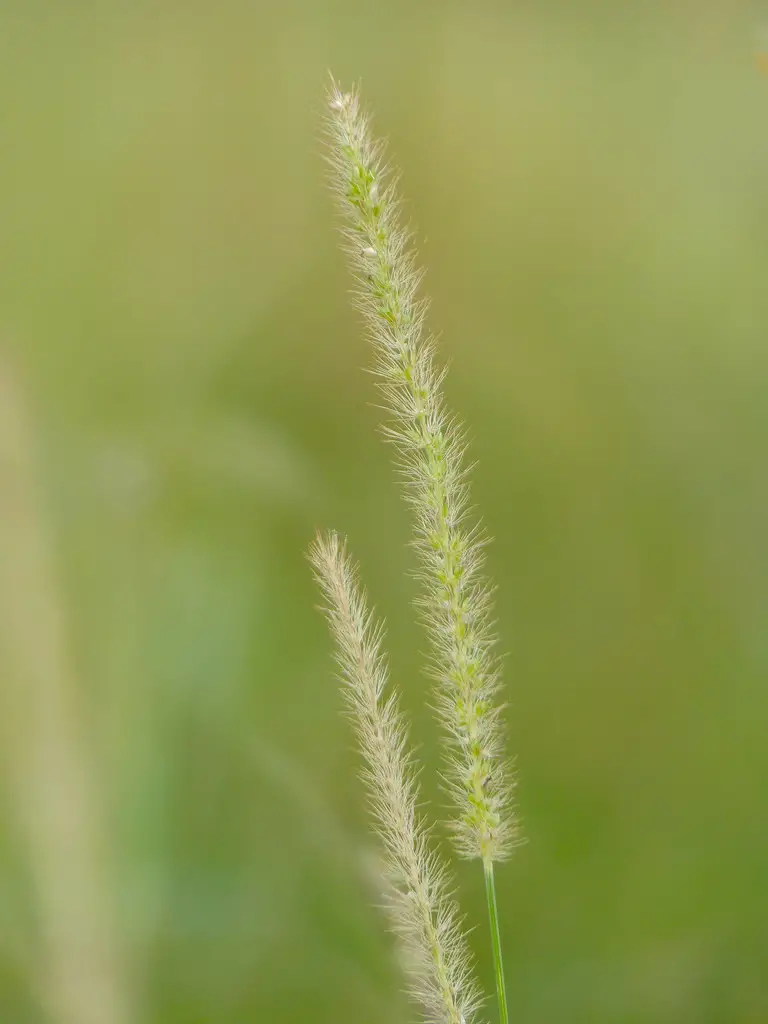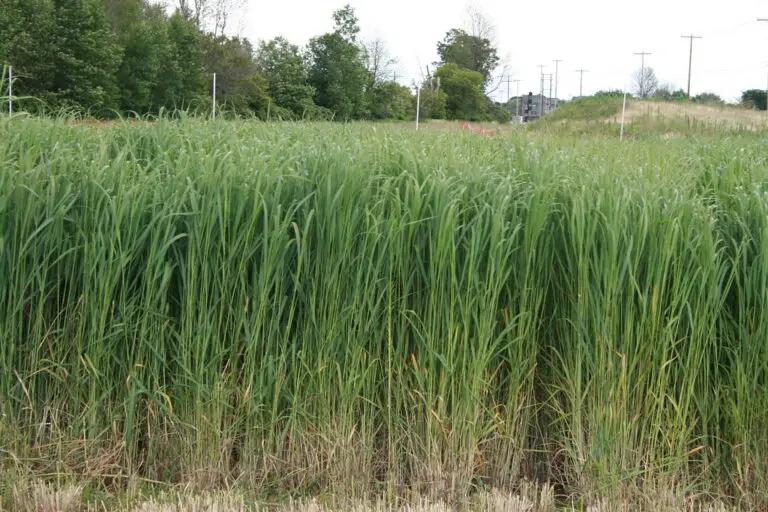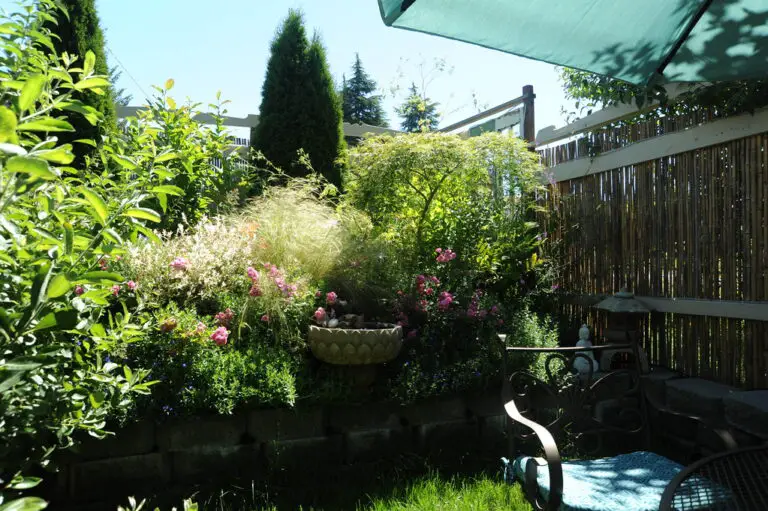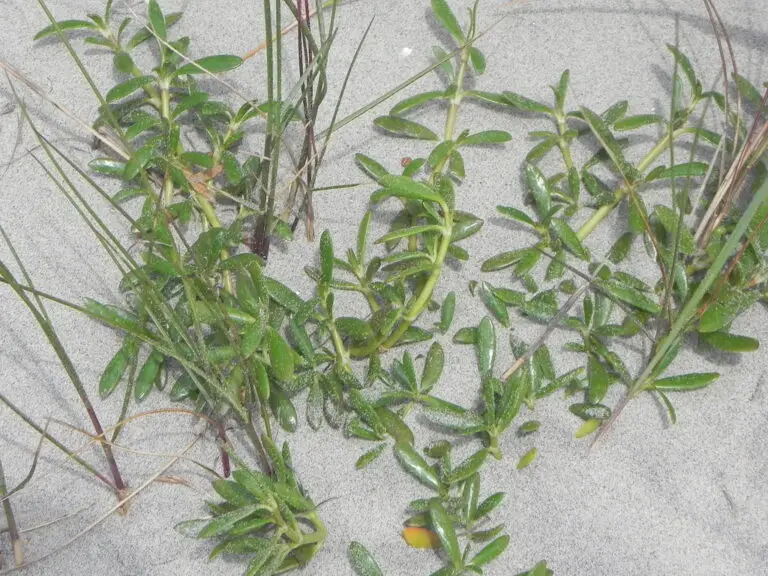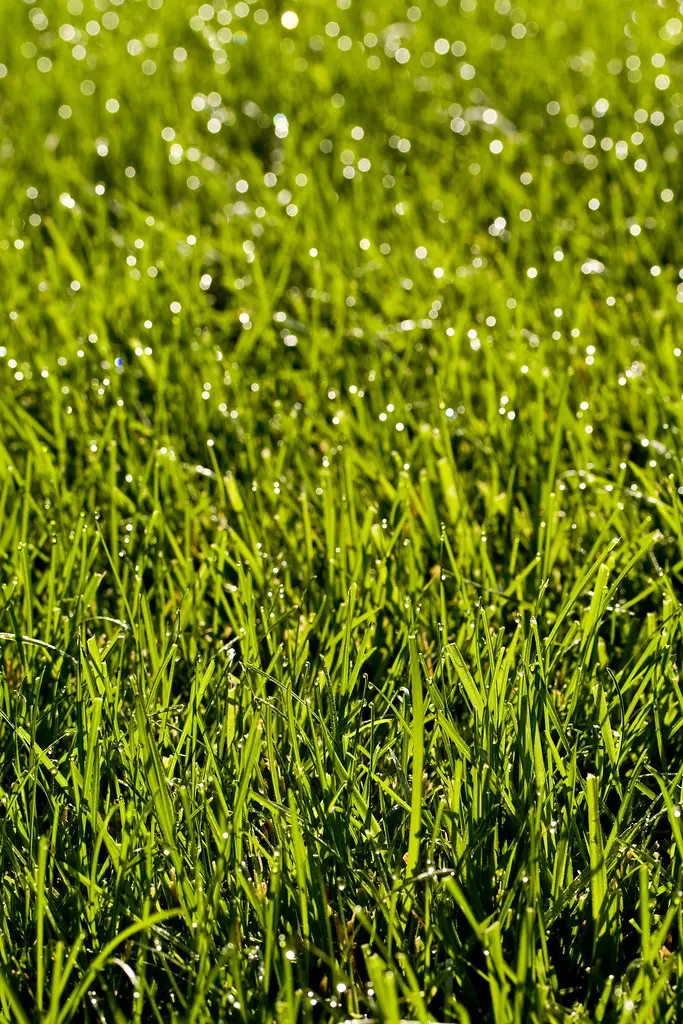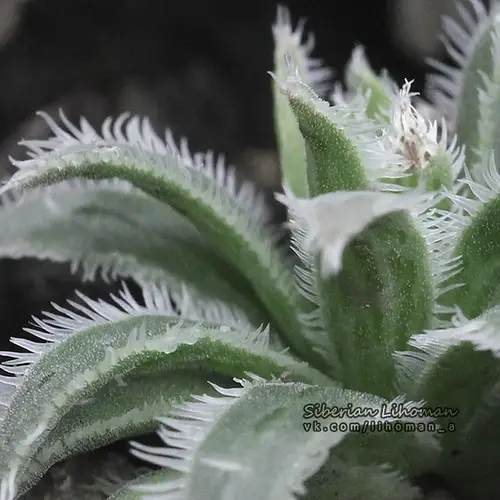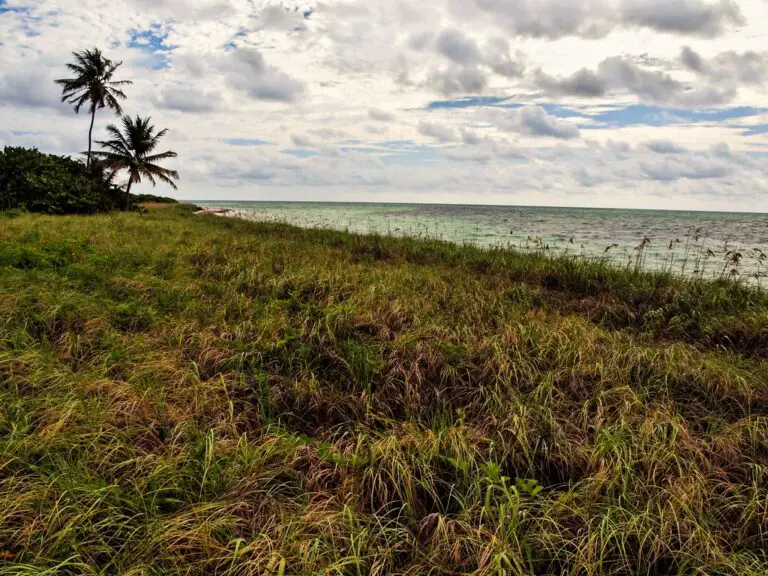Buffelgrass: A Hardy and Versatile Addition to Garden Enthusiasts’ Repertoire
Gardeners and landscapers are always on the lookout for plants that withstand the rigors of nature while enhancing the beauty of outdoor spaces. One such resilient and multi-faceted gem is Buffelgrass (Cenchrus ciliaris), a perennial bunchgrass native to Africa and the Middle East. This plant, often recognized for its role in animal husbandry and range management, is also making a name for itself in the domain of ornamental gardening and conservation landscaping.
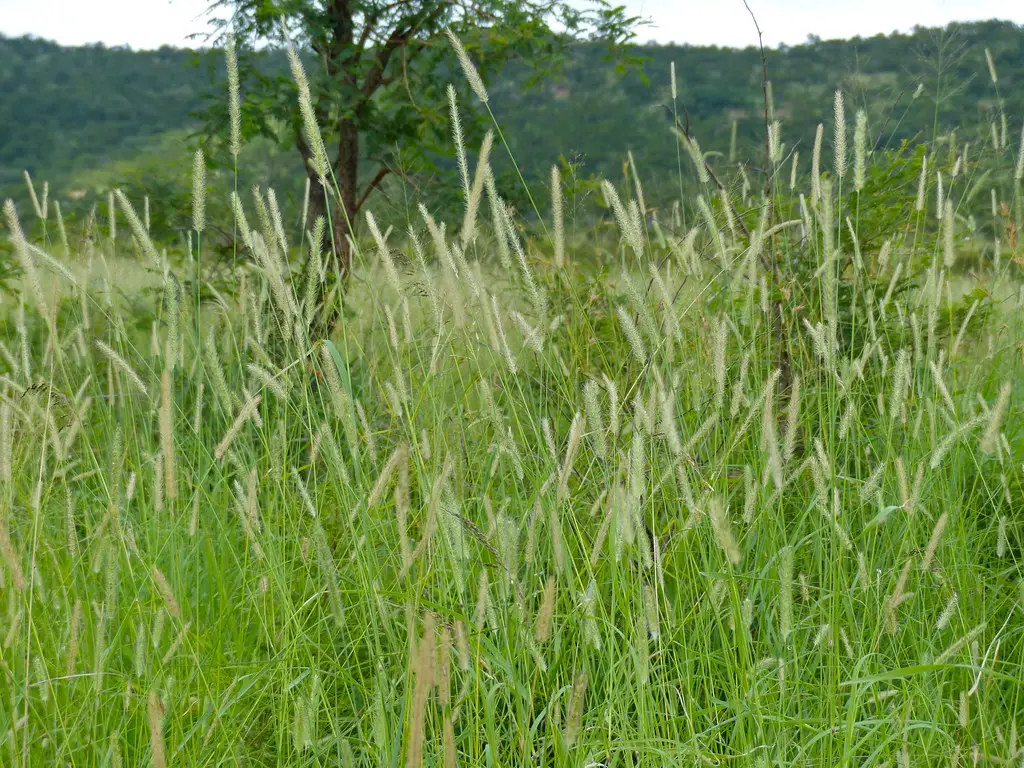
Benefits of Buffelgrass
Buffelgrass holds several advantages that can significantly enrich the gardening experience, especially in arid and semi-arid environments.
Drought Resistance
For gardeners in regions with limited water resources, Buffelgrass’s remarkable ability to thrive in dry conditions is a game-changer. Its deep-rooted nature allows it to access water deep within the soil, making it incredibly drought-tolerant.
Low Maintenance
Once established, Buffelgrass needs little care. It can withstand neglect and is highly adaptive to various soil types, which means less time spent watering and tending to it, and more time to enjoy your garden.
Erosion Control
With its extensive root system, Buffelgrass plays a vital role in preventing soil erosion. This makes it an ideal choice for stabilizing slopes and protecting landscapes from the ravages of wind and water.
How to Grow Buffelgrass
Understanding how to grow Buffelgrass is the key to making the most of its benefits in landscaping.
Soil and Sunlight Requirements
Buffelgrass prefers well-drained soil and plenty of sunlight. It can adapt to a wide pH range but does not tolerate waterlogged conditions. Select an area with at least six hours of full sun per day for optimal growth.
Planting and Care Tips
- Plant seeds in early to mid-spring after the last frost, or in fall in regions with mild winters.
- Prepare the soil by removing any debris and loosen the top inch of soil.
- Sprinkle the seeds over the soil surface and lightly rake them in. Water the area gently to avoid dislodging the seeds.
- Keep the soil moist until germination, which usually happens within two weeks.
- Once established, water occasionally and allow the grass to dry out between watering.
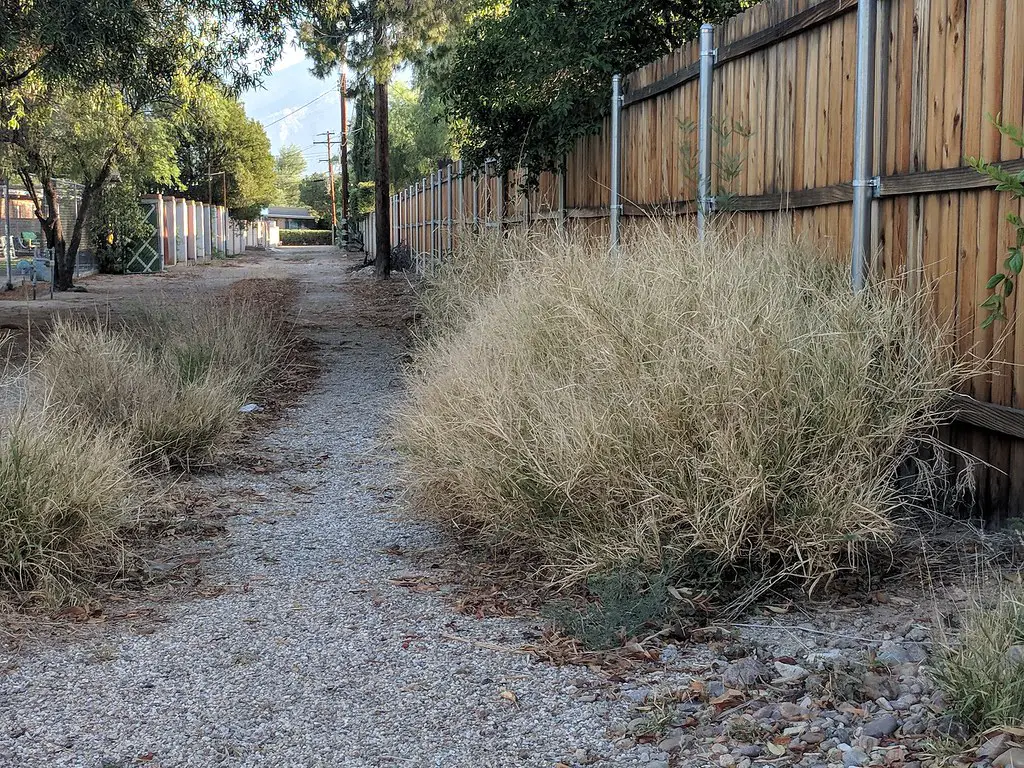
Creative Uses in Landscaping
Buffelgrass can be harnessed in various creative ways to add both functionality and charm to your garden.
Ground Cover
With its fine-textured blades and a growth habit that spreads outwards, Buffelgrass is an excellent choice for a groundcover. It forms a dense, low-maintenance carpet that looks especially striking in a naturalized garden or around architectural features.
Slope Stabilization
Its long, deep roots and lush foliage make Buffelgrass a natural for preventing soil erosion on challenging slopes. The grass’s extensive network helps to bind the soil, maintaining the integrity of the landscape even on steep inclines.
Xeriscaping
Buffelgrass’s affinity for drought conditions makes it a star player in xeriscaping—a landscaping method that conserves water and celebrates the aesthetic of arid regions. Pair it with other desert-adapted plants to create a stunning, low-maintenance, water-wise garden.
Challenges and Solutions
Despite its many benefits, Buffelgrass does come with its share of challenges, especially in regions where it can become invasive.
Invasive Potential
In some areas, Buffelgrass has been considered an invasive species. When selecting plants for your garden, be sure to research local regulations and recommendations to ensure you are not introducing a potential invasive species.
Management Techniques
For those areas where Buffelgrass is not considered invasive, proper management is essential to prevent it from spreading beyond the intended area. Regular mowing and the use of controlled burns can help keep Buffelgrass in check and promote the health of the landscape.
Conclusion
Buffelgrass is more than a hardy perennial grass; it’s a versatile ally for gardeners seeking resilient yet beautiful solutions for their outdoor spaces. By understanding its growth requirements and potential environmental impact, garden enthusiasts can harness this plant’s power to create sustainable, low-maintenance gardens that can stand the test of time and nature. With careful consideration and management, Buffelgrass offers immense possibilities for innovative and eco-conscious landscaping designs. Consider adding Buffelgrass to your arsenal, and watch as your garden flourishes with a touch of hardy elegance.

